Can speakers be used as microphones? The answer is yes. It might sound like a far-fetched idea, but the science behind it is quite fascinating. This article delves into the intriguing possibility of using speakers as microphones, the science behind this concept, practical applications, and DIY experiments you can try at home.
The Science Behind the Concept
At the most basic level, speakers and microphones operate on the same fundamental principle: they convert sound waves into electrical signals and vice versa. A speaker receives electrical signals from an audio source, which it then converts into sound waves. A microphone, on the other hand, picks up sound waves from the environment and converts them into electrical signals.

The key component in both devices is a diaphragm, a thin piece of material that vibrates when hit by sound waves. In a speaker, the diaphragm vibrates to create sound waves. In a microphone, the diaphragm vibrates in response to sound waves, creating electrical signals. Because of this shared principle, it is technically possible to use a speaker as a microphone and vice versa.
Practical Applications
While the concept of using speakers as microphones is intriguing, it's important to note that speakers are not designed to be used as microphones. They lack the sensitivity and frequency response of a dedicated microphone, which can result in poor audio quality. However, there are some practical applications where this concept can be useful.
For instance, in emergency situations where a microphone is not available, a speaker can be used as a makeshift microphone. Some musicians and audio engineers also use speakers as microphones to achieve a unique sound effect. In the field of audio forensics, speakers can be used as microphones to recover audio data from damaged or inoperative recording devices.
DIY Experiments
If you're curious about this concept and want to try it out for yourself, here are a couple of DIY experiments you can do at home:
1. How to use a Speaker as a Microphone
For this experiment, you'll need a speaker, an audio cable, and a recording device. Connect the speaker to the recording device using the audio cable. Speak or play some music near the speaker and record the sound. Play back the recording to hear the result. You'll likely notice that the audio quality is not as good as a dedicated microphone, but it's a fun experiment nonetheless.
2. How to use a Microphone as a Speaker
For this experiment, you'll need a microphone, an audio cable, and an audio source. Connect the microphone to the audio source using the audio cable. Play some music or audio from the source and listen to the sound coming from the microphone. Again, the audio quality will not be as good as a dedicated speaker, but it's an interesting experiment to try.
Conclusion
While speakers can technically be used as microphones, they are not designed for this purpose and will not provide the same audio quality as a dedicated microphone. However, understanding the science behind this concept and experimenting with it can be a fun and educational experience. So, the next time you're feeling adventurous, why not give it a try?
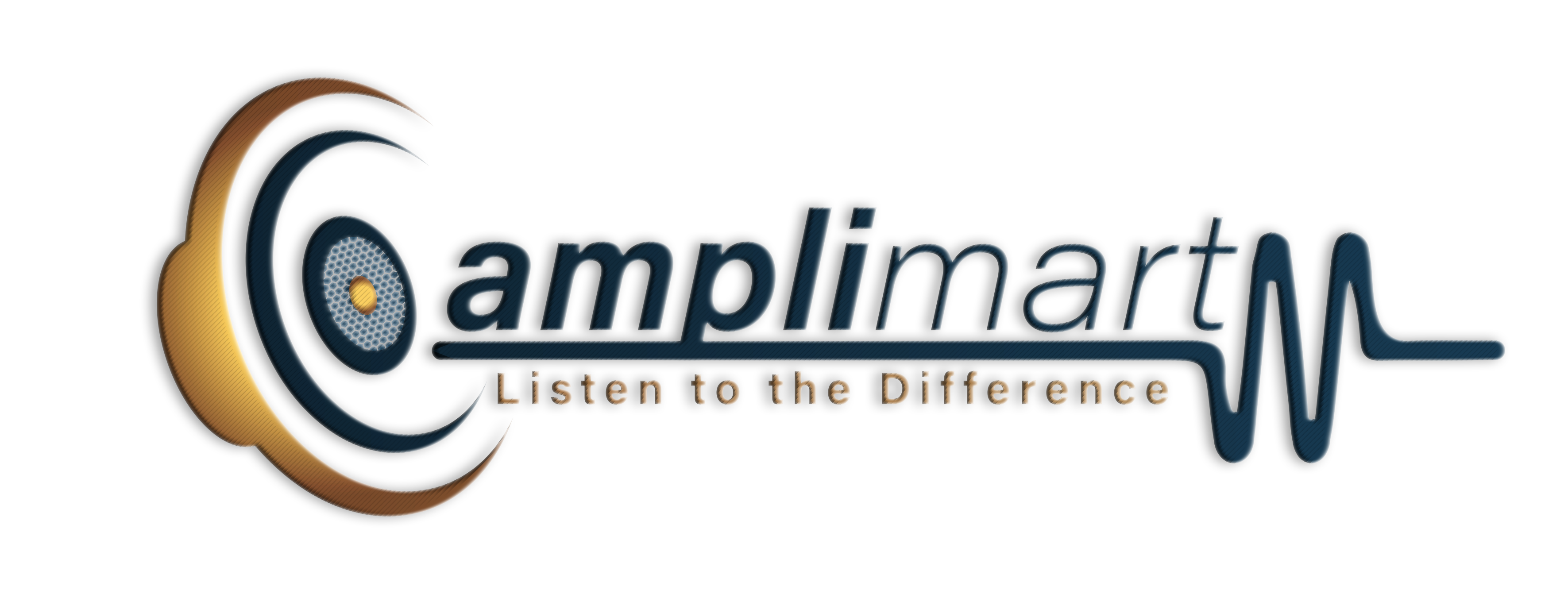



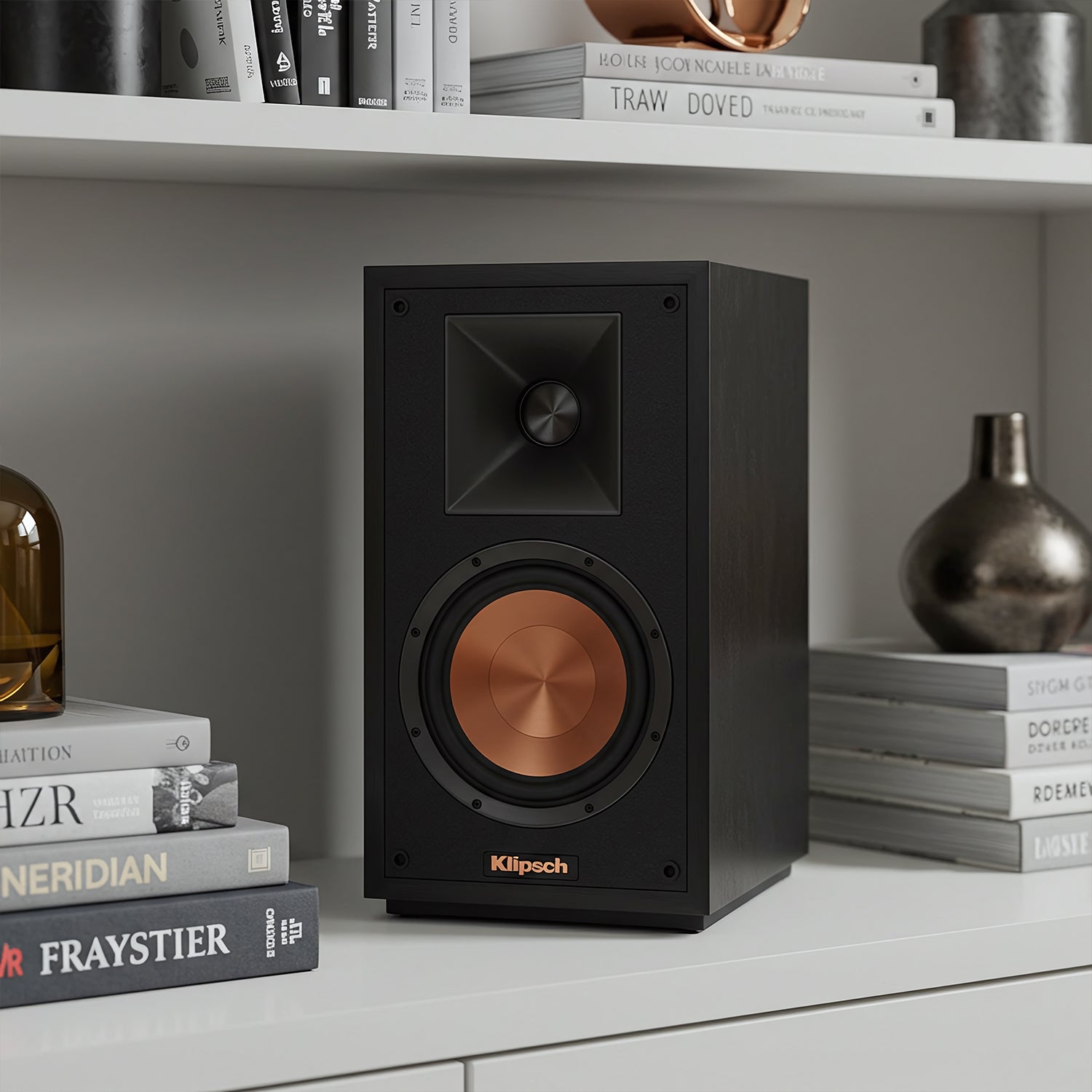


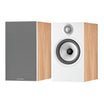
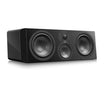
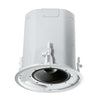


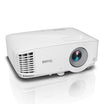



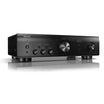



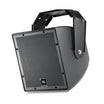

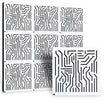
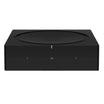


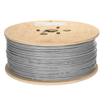
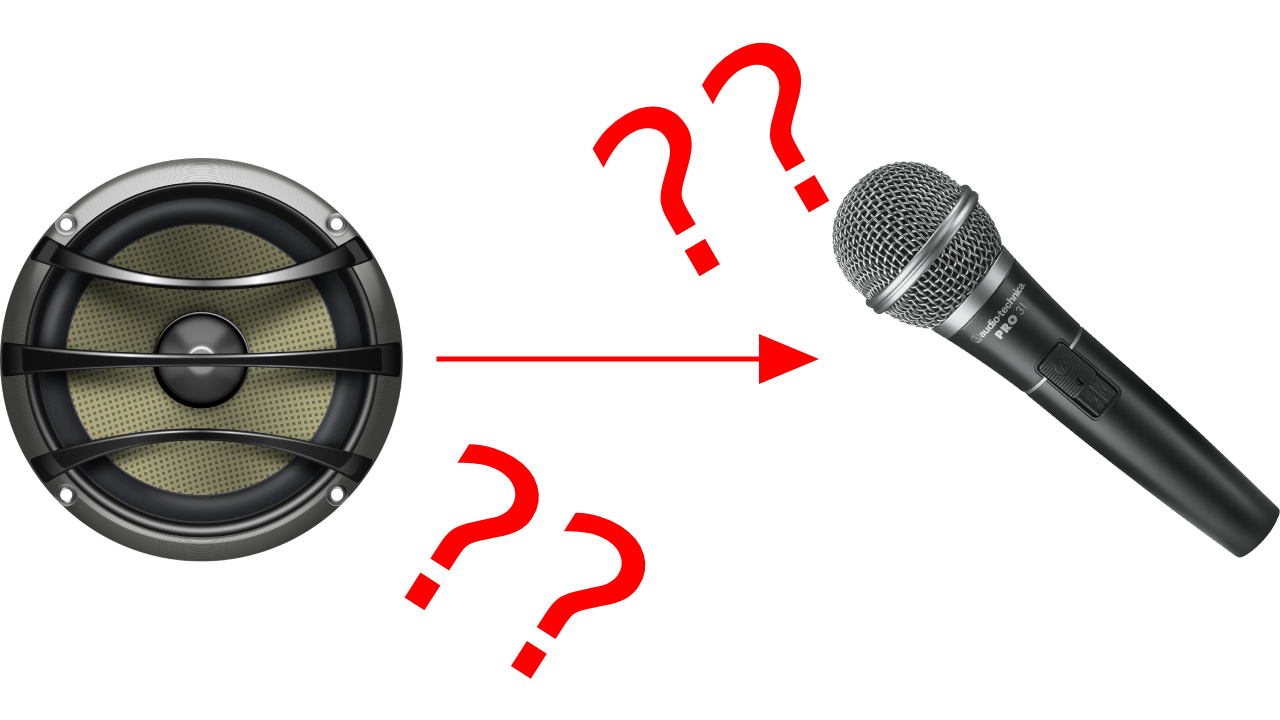
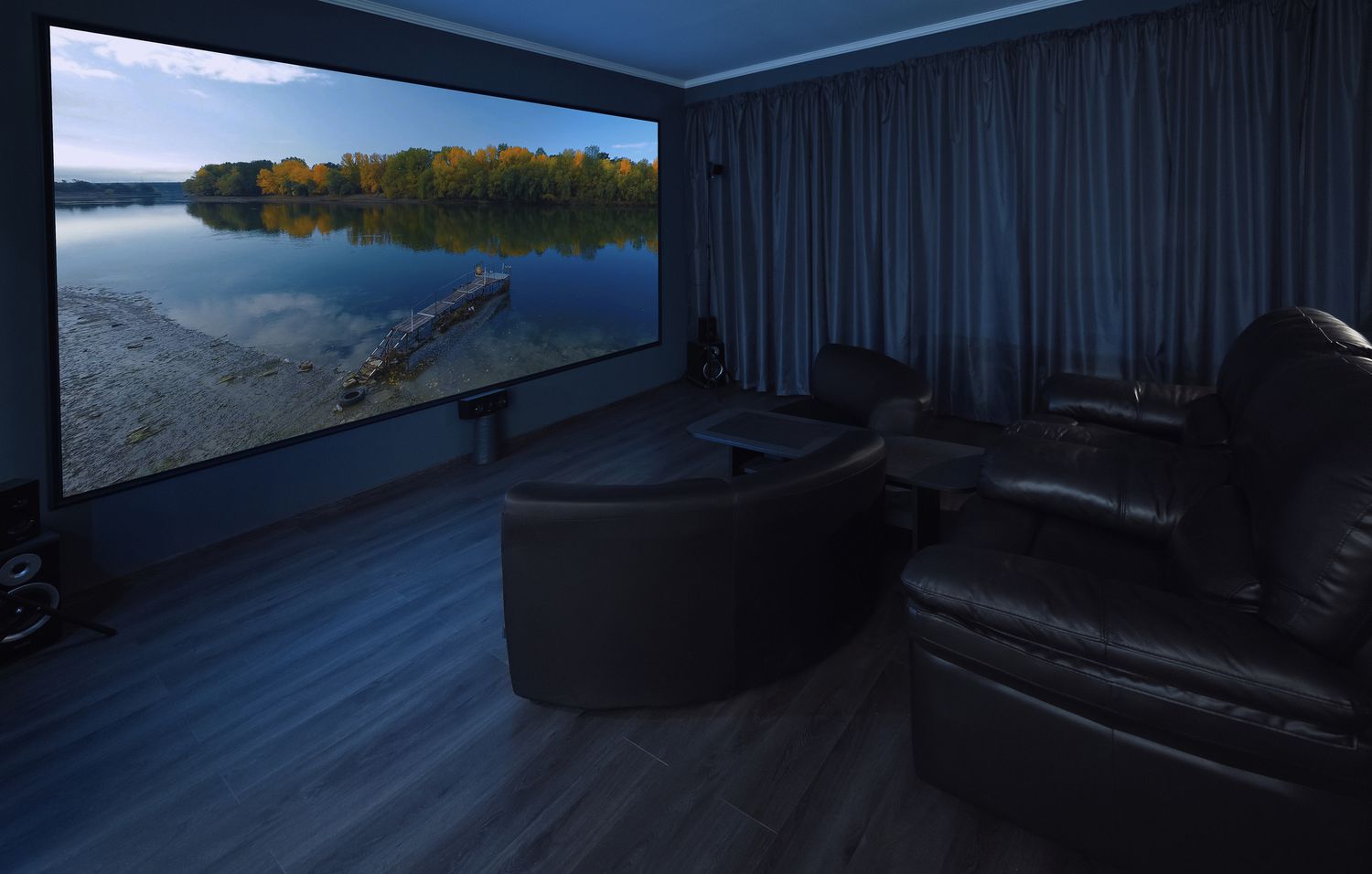
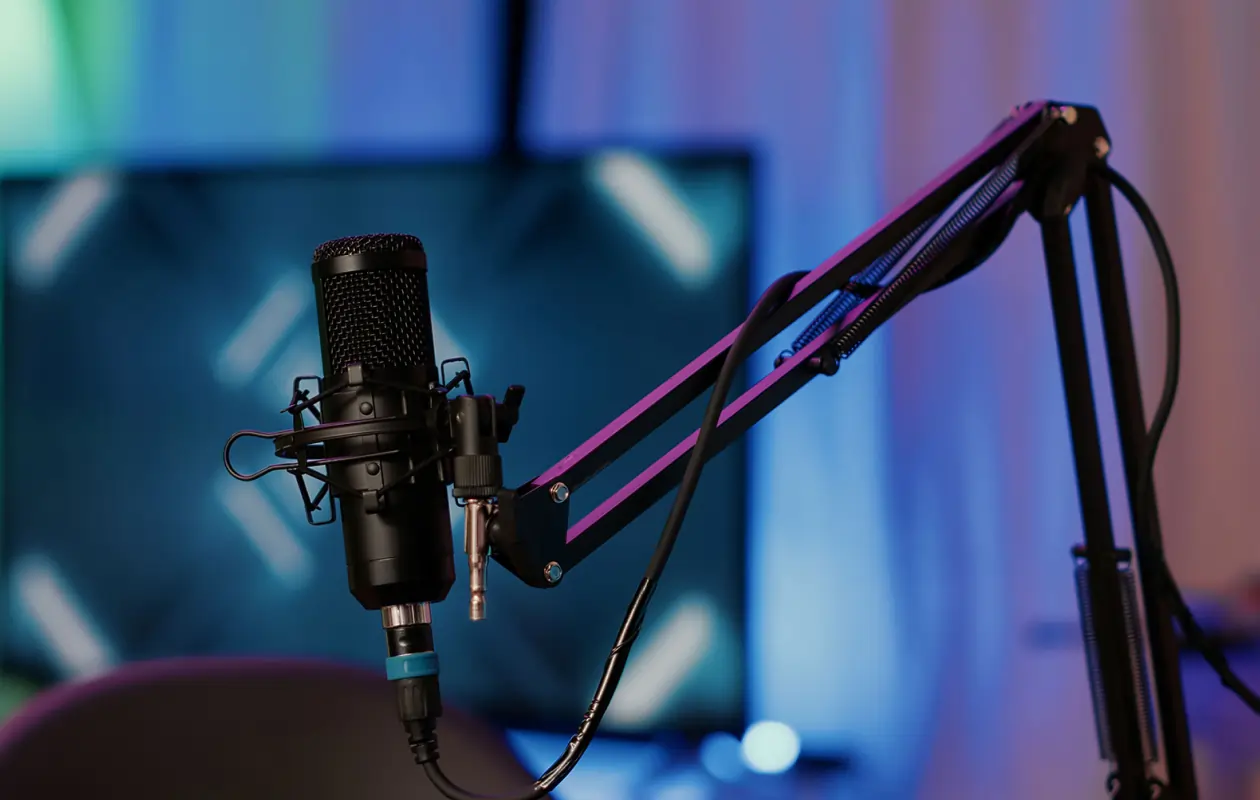
Leave a comment
This site is protected by hCaptcha and the hCaptcha Privacy Policy and Terms of Service apply.